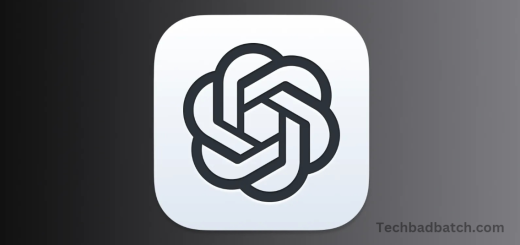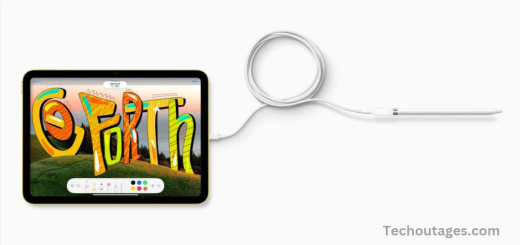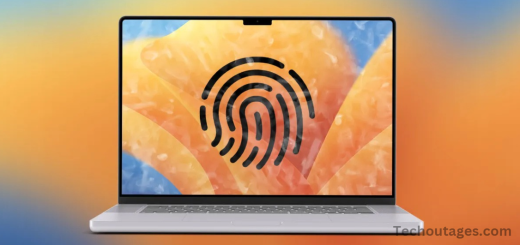Use Hrv With Apple Watch And Iphone
Heart Rate Variability (HRV) is a critical health metric tracked by the Apple Watch. Still, there is currently no native integration within watchOS or iOS to help users fully understand or utilize this data. As a result, third-party apps are required to provide deeper insights. In this article, we will explore what HRV is, its significance, and how to effectively record and analyze HRV using your Apple Watch and iPhone.
What is HRV?
Heart Rate Variability (HRV) refers to the variation in the time intervals between consecutive heartbeats. Unlike a steady, predictable heart rate, HRV measures the fluctuations between beats. These fluctuations are controlled by the autonomic nervous system (ANS), which manages functions like breathing, digestion, and heart rate. The ANS has two branches: the sympathetic nervous system (responsible for the “fight or flight” response) and the parasympathetic nervous system (responsible for the “rest and digest” functions).
A high HRV typically signals a healthy balance between these two branches, suggesting that your body can easily transition between stress and recovery. On the other hand, low HRV may indicate that the body is under stress, fatigued, or struggling to recover.
Why HRV is Important
Monitoring HRV provides valuable insight into your health, fitness, and recovery:
- Physical Fitness: HRV can be a useful metric for athletes, as it helps gauge the balance between training load and recovery. Low HRV can indicate overtraining or insufficient rest.
- Stress Management: HRV is a key indicator of how well your body manages stress. A drop in HRV might suggest that you are experiencing emotional or physical stress.
- Recovery: High HRV often indicates that your body is well-recovered, which is important for optimizing both physical performance and mental clarity.
- Overall Health: Consistently low HRV has been linked to increased risks of cardiovascular problems, sleep disturbances, and other chronic conditions.
How to Track HRV on Apple Watch
The Apple Watch is equipped with a range of sensors, including an optical heart rate sensor, which can measure HRV. Here’s how to track HRV with your Apple Watch:
- Ensure the Latest watchOS: Make sure your Apple Watch is running the latest version of watchOS to ensure HRV data is recorded accurately.
- Activate HRV Tracking: HRV is automatically recorded in the background through the Apple Watch’s Heart Rate app. To get an HRV reading, you need to measure the Breathe app or during a Resting Heart Rate session.
- Using the Breathe App: Open the Breathe app on your Apple Watch, and follow the instructions to complete a session of deep breathing exercises. During this time, HRV will be measured and recorded.
- Using the Health App: HRV data is stored in the Health app on your paired iPhone. To view your HRV, open the Health app, tap on Browse, then select Heart, and choose Heart Rate Variability. You’ll see your most recent readings as well as trends over time.
Understanding and Using HRV Data
While the Apple Watch records HRV, it doesn’t offer a full breakdown of what the numbers mean for your overall health. For a more comprehensive understanding, you can use third-party apps that specialize in HRV analysis.
Recommended Third-Party Apps for HRV
- HRV4Training: One of the most popular apps for HRV tracking, HRV4Training offers advanced analysis and recommendations based on your HRV data. It helps users interpret their HRV in relation to their exercise routines, stress levels, and recovery.
- Elite HRV: Elite HRV is another powerful app that provides detailed insights into your HRV, helping you assess your readiness for exercise, track recovery, and manage stress. It also allows you to integrate HRV data with other health and fitness apps.
- Kubios HRV: Kubios is a professional-grade app for HRV analysis. Both athletes and researchers use it to monitor and analyze HRV with scientific precision. Kubios is great for those who want to dive deeper into their HRV metrics.
- WellnessFX: This app offers insights not only into HRV but also other aspects of your health. It’s ideal for users looking to track a variety of metrics over time.
May you also like it:
Here How To Block Texts On Iphone In A Few Taps
How Apples Handling Privacy With Ios 18.2s Chatgpt Integration
Hearing Health Airpods Pro 2 Available
Key Metrics to Track with HRV Apps
When you use a third-party app to track HRV, you’ll be able to monitor the following key metrics:
- RMSSD (Root Mean Square of Successive Differences): This is the most commonly used metric for HRV, as it reflects parasympathetic nervous system activity, which is linked to recovery and relaxation.
- SDNN (Standard Deviation of NN Intervals): This measures the total variability in the heart rate over a period, providing insight into the overall functioning of the autonomic nervous system.
- Poincaré Plot: A graphical representation of HRV, this tool helps visualize the variation in heartbeats and provides a quick visual cue of HRV patterns.
- LF/HF Ratio (Low Frequency / High Frequency): This ratio can help assess the balance between the sympathetic and parasympathetic nervous systems. A lower ratio suggests better autonomic balance.
How to Improve Your HRV
If you notice low HRV, there are several strategies you can adopt to improve it:
- Sleep: Quality sleep is one of the most significant factors in improving HRV. Aim for 7–9 hours of restorative sleep each night.
- Exercise: Regular exercise, especially aerobic activities like walking, cycling, or swimming, can boost HRV. However, overtraining can decrease HRV, so it’s essential to listen to your body.
- Stress Management: Practices such as meditation, deep breathing, yoga, or mindfulness can help reduce stress and improve HRV.
- Nutrition: A balanced diet rich in anti-inflammatory foods, such as fruits, vegetables, and healthy fats, can positively influence HRV.
- Hydration: Staying well-hydrated is key to maintaining healthy HRV levels. Dehydration can negatively impact heart rate and HRV.
Frequently Asked Questions
What is HRV, and why should I track it with my Apple Watch?
HRV (Heart Rate Variability) is the variation in time between heartbeats, which reflects the balance of the autonomic nervous system (ANS). A higher HRV typically indicates better cardiovascular health, a more resilient nervous system, and effective recovery from stress or exercise. Tracking HRV on your Apple Watch helps you monitor your overall health, fitness, and recovery.
How can I measure HRV on my Apple Watch?
You can measure HRV using the Breathe app or through a resting heart rate measurement on your Apple Watch. To use the Breathe app, open it, follow the on-screen prompts for deep breathing exercises, and HRV will be recorded. Your HRV data is then stored in the Health app on your iPhone, where you can view your readings and trends over time.
Where can I find my HRV data on the iPhone?
To view your HRV data on your iPhone, open the Health app and tap on Browse at the bottom of the screen. From there, select Heart and then tap on Heart Rate Variability. This will display your HRV readings, including daily, weekly, and monthly trends.
How accurate is HRV data on the Apple Watch?
The Apple Watch offers relatively accurate HRV data for general use, as it measures HRV through its heart rate sensor. However, it may not be as precise as specialized HRV monitors used by medical professionals or athletes. For more detailed analysis, third-party apps may provide more accuracy and insights.
How often should I track HRV?
Ideally, it would help if you tracked HRV daily to gain a better understanding of your overall health and wellness. This will allow you to identify trends over time, including how your HRV responds to stress, exercise, and recovery. However, measuring HRV during periods of rest or following exercise sessions is especially useful for assessing your recovery status.
What is the best time to measure HRV on the Apple Watch?
The best time to measure HRV is in the morning after waking up, while your body is still in a relaxed state. Measuring HRV first thing in the morning ensures that you are tracking your baseline HRV without interference from daily activities or stressors.
Can I use third-party apps to analyze my HRV data from the Apple Watch?
Yes, third-party apps like HRV4Training, Elite HRV, and Kubios HRV can offer more in-depth analysis of your HRV data. These apps provide insights into your stress, recovery, and fitness levels, allowing for more personalized recommendations based on your HRV trends.
Conclusion
While the Apple Watch is a valuable tool for tracking HRV, its native features don’t provide the depth needed for optimal analysis. By leveraging third-party apps, you can gain detailed insights into your HRV data, enabling you to make informed decisions about your health, fitness, and recovery. Regularly monitoring your HRV can help you identify trends in your well-being and adjust your lifestyle to improve your overall health and performance.
If you’re serious about health optimization, integrating HRV tracking into your daily routine with the Apple Watch and third-party apps can offer powerful benefits, guiding you toward a more balanced and resilient lifestyle.



